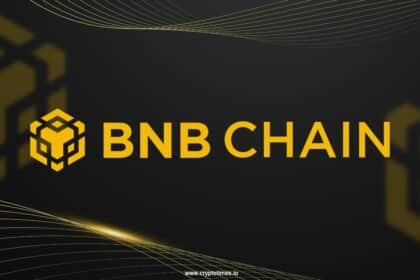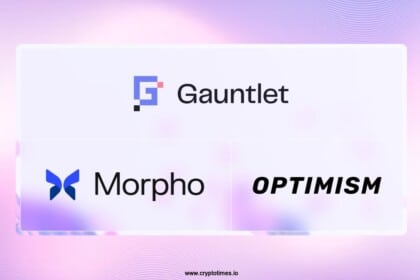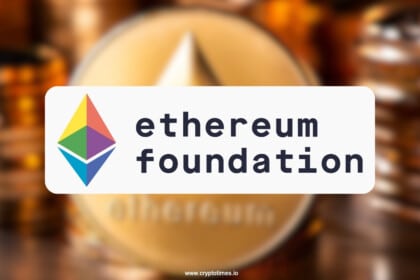Ethereum developers are racing against time as the Holešky testnet is being shut down after hitting its planned end-of-life. The Ethereum Foundation’s Protocol Support team announced on September 1, that Holešky will be shutting down soon after the Fusaka upgrade is completed.
According to the Foundation’s Blog Post, Most validator nodes are expected to go offline within two weeks following the upgrade. This decision wraps up a testnet that was once seen as the backbone for large-scale validator testing.
Launched in 2023, Holešky was designed to assist staking operators and developers in testing Ethereum upgrades on a larger scale. It played a vital role in validating upgrades like Dencun and Pectra. However, validators started experiencing inactivity leaks after the Pectra activation in early 2025.
The resulting exit queues became too long, making lifecycle testing nearly impossible. Hence, Ethereum’s developers introduced a fresh testnet called Hoodi in March 2025 to solve these challenges.
Transition to Hoodi and Sepolia
The Ethereum Foundation urged infrastructure providers and staking operators to migrate testing operations to Hoodi. This new testnet supports all Pectra features and will activate upcoming upgrades, including the Fusaka fork.
Unlike Holešky, it provides a clean validator set and avoids long exit bottlenecks. Consequently, Hoodi is positioned as the go-to environment for staking and validator testing.
Besides staking, developers working on applications and tools have been advised to shift to Sepolia. This testnet still serves as the preferred choice for smart contracts and decentralized applications.
Additionally, Ethereum’s ecosystem also offers Ephemery, a lightweight network that resets every 28 days to test validator lifecycles.
Lessons and Future Outlook
Holešky helped Ethereum engineers push the limits of validator operations. Moreover, it put the upgrades through their paces, which are now key to Ethereum’s evolution. The insights gained from both its setbacks and triumphs have influenced Hoodi’s design and its testing approach.
So, while Holešky’s end of one phase, it also paves the way for more efficient testing in the future. Ethereum is now bringing together its testnet ecosystem with Sepolia, Hoodi, and Ephemery, establishing a more organized framework for developers and operators to navigate.
Holešky fulfilled its function, but its usefulness was outlived. Hence, after the latest update, Ethereum concentrates on Hoodi and Sepolia to ensure stability in upcoming updates.
Also Read: Crypto Finds Gateway Into Australia’s $2.8 Trillion Pension System











